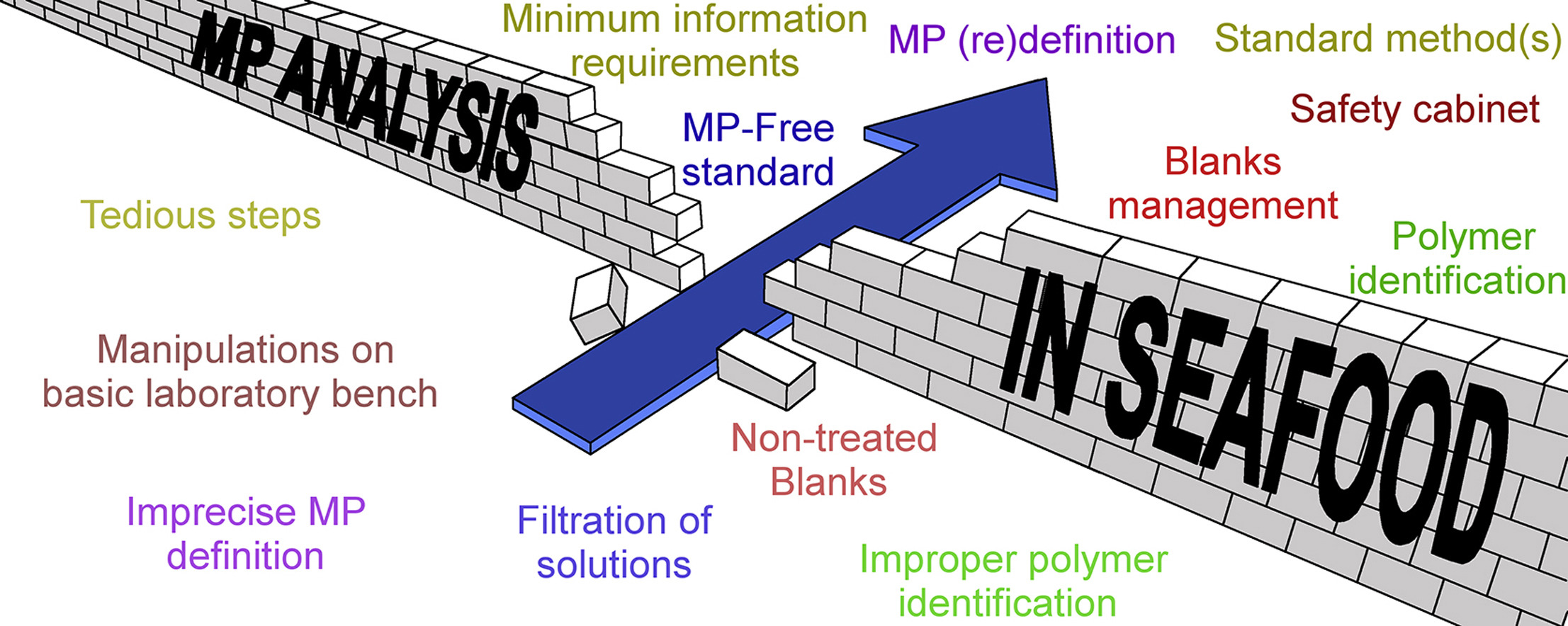Elsevier, Journal of Experimental Social Psychology, Volume 83, July 2019
Decades of research indicate that the traits we ascribe to people often depend on their race. Yet, the bulk of this research has not considered how racial stereotypes might also depend on other aspects of targets’ identities. To address this, researchers have begun to ask intersectional questions about racial stereotypes, such as whether they are applied in similar ways to men and women, or to children and adults. In the present studies, we examine whether men who are described as gay (vs. not) become de-racialized in the minds of perceivers. That is, we test whether gay (vs.
Elsevier, Journal of Healthcare Quality Research, Volume 34, July - August 2019
Objective: To report various components of health system responsiveness among poor internal migrants who availed the government health facilities in 13 Indian cities. Materials and methods: Cluster random sampling was used to select 50,806 migrant households, of which 14,263 households avail the government health facility in last six months. In addition, 5072 women, who sought antenatal care and 3946 women who had delivery in government health facility during last six months were also included.
Elsevier, TrAC - Trends in Analytical Chemistry, Volume 116, July 2019
For seventy years, mass plastic production and waste mismanagement have resulted in huge pollution of the environment, including the marine environment. The first mention of seafood contaminated by microplastics was recorded in the seventies, and to date numerous studies have been carried out on shellfish, fish and crustaceans. Based on an ad hoc corpus, the current review aims to report on the numerous practices and methodologies described so far.
Elsevier, Veterinary Anaesthesia and Analgesia, Volume 46, July 2019
Objective: Attention is drawn to the potential of global warming to influence the health and wellbeing of the human race. There is increasing public and governmental pressure on healthcare organisations to mitigate and adapt to the climate changes that are occurring. The science of anaesthetic agents such as nitrous oxide and the halogenated anaesthetic agents such as greenhouse gases and ozone-depleting agents is discussed and quantified. Additional environmental impacts of healthcare systems are explored.
Elsevier, Progress in Disaster Science, Volume 2, July 2019
The Sendai Framework for Disaster Risk Reduction encourages investment in innovation and technology development in disaster risk management. However, needs for science and technology inputs are unmet, and there is a lack of policy making that is based on science and evidence. This paper identified three key issues that could help overcome these barriers: networking, coproduction of knowledge, and a stronger role played by academia.
Elsevier, The Lancet Global Health, Volume 7, July 2019
Background: Globally, there are more than 150 million international migrant workers—individuals who are employed outside of their country of origin—comprising the largest international migrant group. A substantial number of migrants work in hazardous and exploitative environments, where they might be at considerable risk of injury and ill health. However, little data on occupational health outcomes of migrant workers exist, with which to inform global policy making and delivery of health services.

